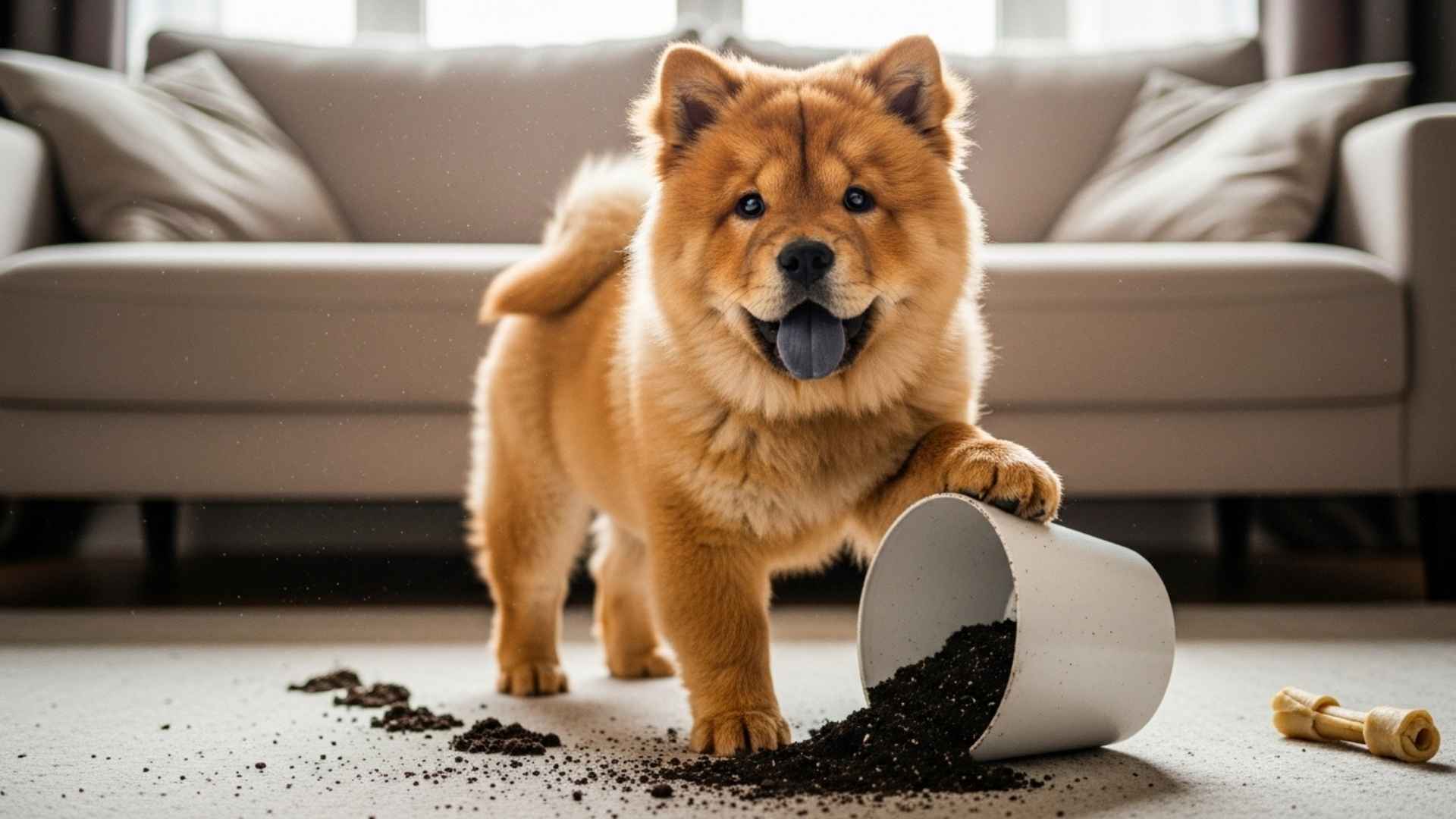Oh, so you want a dog that turns heads at the park? One that looks like it should have its own Instagram fan club? Great idea—until that gorgeous fluff ball redecorates your living room in under ten minutes.
Sure, those majestic blue eyes and perfect posture scream “I’m elegant!” But behind that beauty lies a creature plotting cardio sessions you never signed up for. Miss a walk, and you’ll pay—with chewed shoes and shredded sanity.
They say love requires patience. Apparently, it also requires industrial-strength vacuums and noise-canceling headphones. Those glorious coats? Maintenance nightmares disguised as “cuddly companions.”
And let’s not forget the emotional drama. Leave them alone for two hours, and you’ll return to a tragic opera of howls and destroyed furniture.
So, before you fall for that show-stopping face, remember: beauty fades, but chaos is forever—and it sheds.
Most Desirable Dog Breeds to Avoid
1. Belgian Malinois
Meet the overachiever of the canine world — a dog so smart and intense it makes your morning coffee look lazy. Ranked #1 because this beauty is basically a furry Navy SEAL. They’re stunning, loyal, and utterly terrifying if you don’t give them a full-time job. No, chasing the mailman doesn’t count.
Forget cozy apartment vibes — this breed needs space, structure, and a daily action movie to burn off steam, according to AKC. Grooming? Minimal. Energy? Infinite. Sleep? Optional. Miss a day of training, and they’ll start running tactical drills in your backyard.
Most Desirable Feature: Laser-sharp intelligence
Aggression Level: High if bored
Danger Level: “Protective” with a PhD in intensity
Difficulty Level: Advanced — possibly impossible
Reported bites? Oh, yes. They top many police-dog incident lists, often outsmarting their handlers. Smart owners rely on GPS collars, smart feeders, and obedience apps to stay one step ahead — or at least pretend they are.
🎧 Dogcast
Episode 10 — Halloween Special
If you don’t hear sound, tap the button above to enable audio.
2. Cane Corso
Ah, the Cane Corso — the canine equivalent of a Roman gladiator wrapped in muscles and drool. Ranked #2 because they’re majestic, loyal, and terrifying all at once. This is not a dog; it’s a living security system that comes with feelings and a very specific sense of authority.
They require space, leadership, and purpose. Apartment life? Only if your décor includes bite-resistant furniture. Grooming is simple, but training? A full-time commitment. They don’t “do” passive owners — they manage them.
Most Desirable Feature: Fearless protector energy
Aggression Level: Moderate to high
Danger Level: “Handle with confidence”
Difficulty Level: Expert — alpha needed
Britannica reveals that known for rare but severe bite incidents, and they must be socialized early. Use training collars, boundary trackers, and structured discipline apps to prevent your household from turning into a gladiator arena.
3. Akita
The Akita is the silent, stoic warrior — breathtakingly beautiful and emotionally unavailable. Ranked #3 for their elegance and unpredictability, they’re like the James Bond of dogs: calm one minute, explosive the next.
This breed thrives in cold weather and quiet households, not busy families or chaos. Grooming is a snowstorm-level commitment — their double coat sheds like a blizzard in July. As for training, let’s just say they “listen” only when it suits their royal mood.
Most Desirable Feature: Regal presence
Aggression Level: Selective but serious
Danger Level: High for small pets or pushy people
Difficulty Level: Challenging, even for pros
Akitas appear often in bite-stat reports, especially when provoked or unsocialized. The secret? Use positive reinforcement, smart monitoring collars, and obedience tech — plus a sense of humor.
4. Chow Chow
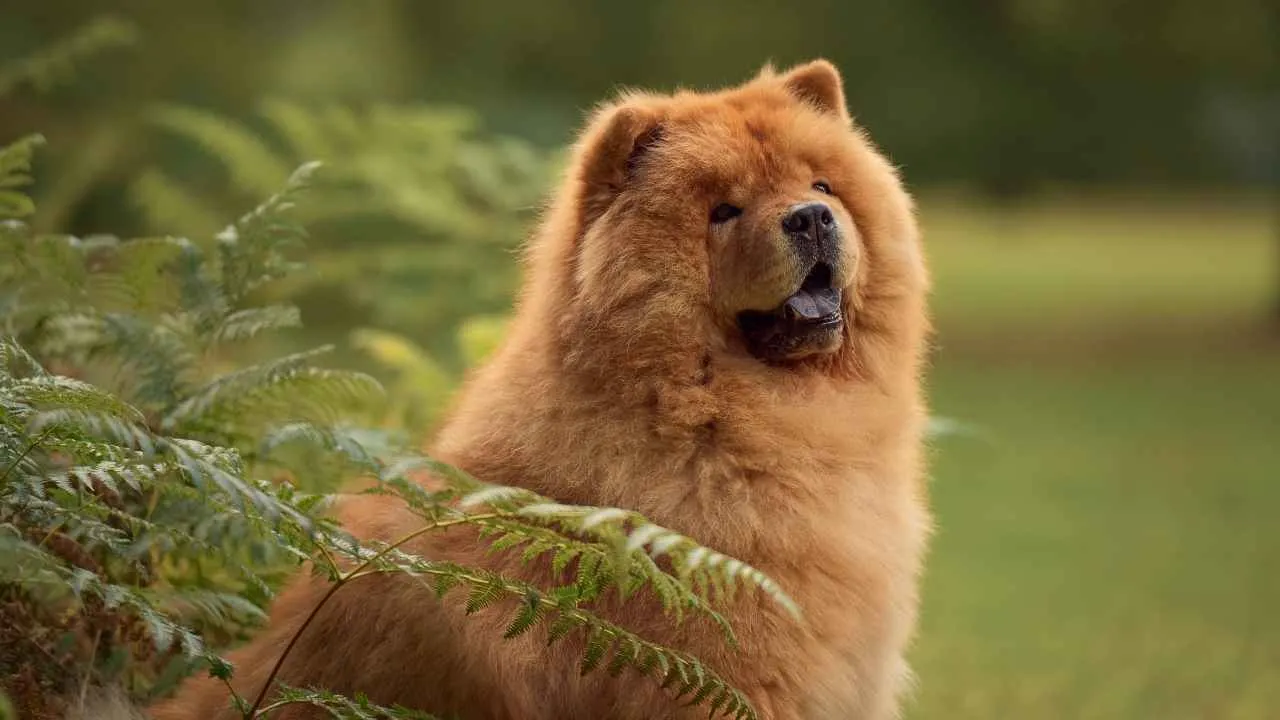
Ranked #4 because this cloud-like lion dog is both adorable and totally unimpressed by you. A Chow doesn’t “love” you — it tolerates your existence. This breed is beautiful, ancient, and just slightly more stubborn than gravity itself.
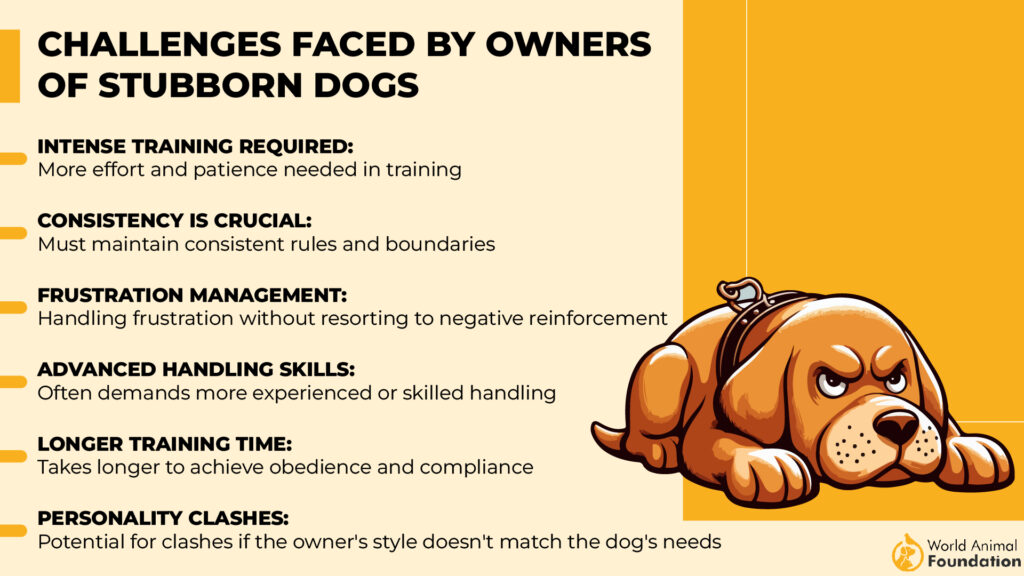
They prefer cool climates, privacy, and respect. Exercise? Minimal. Grooming? A full-time job with fur that mocks lint rollers. The Chow’s independent nature makes them hilariously bad candidates for obedience competitions — or listening in general.
Most Desirable Feature: Regal fluff and dignity
Aggression Level: Aloof but reactive
Danger Level: Medium (don’t test them)
Difficulty Level: High, especially with kids
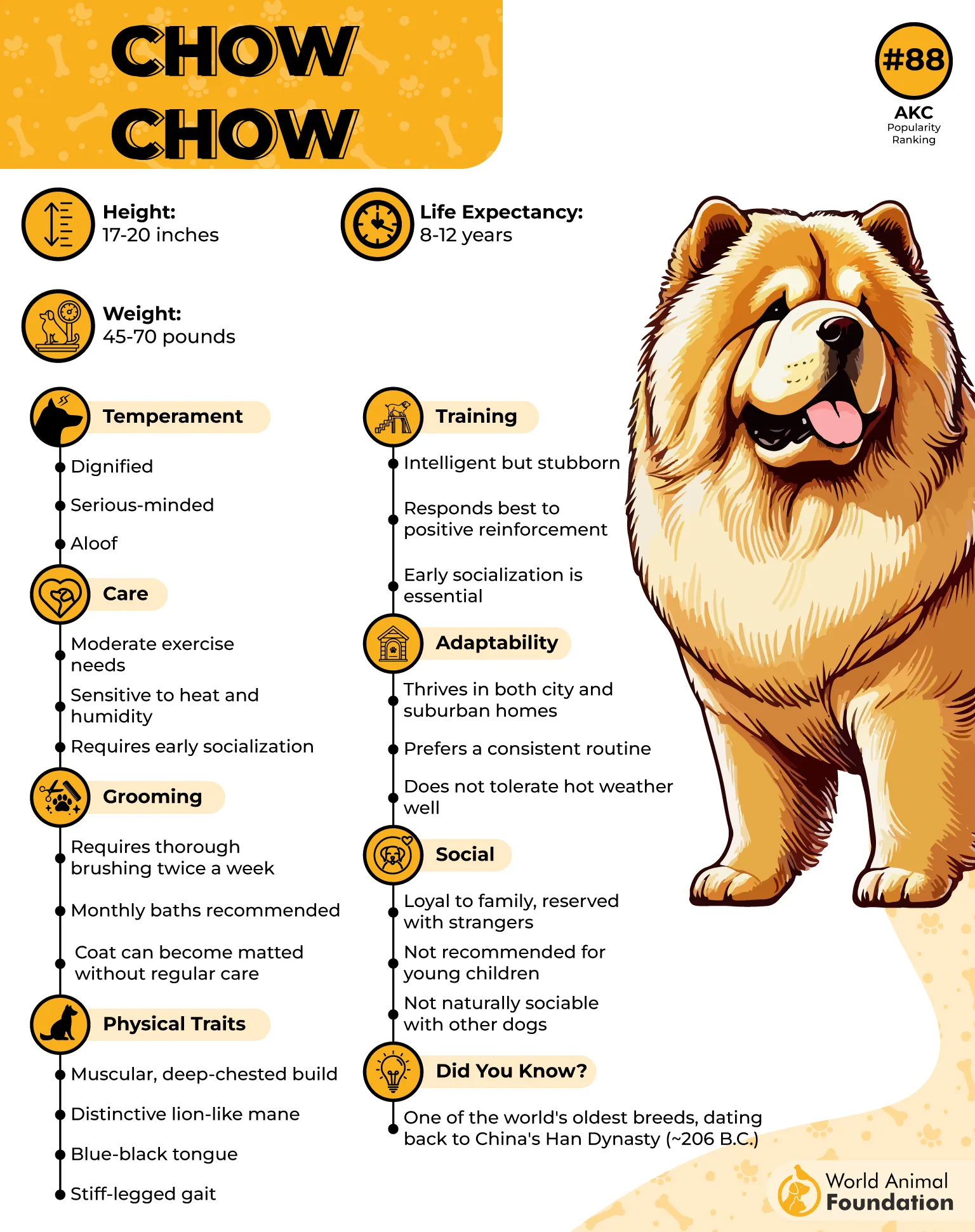
Bite reports often come from untrained Chows defending their royal boundaries. Keep them mellow with smart grooming tools, consistent training routines, and calm, firm leadership — think zen monk, not drill sergeant.
5. Alaskan Malamute
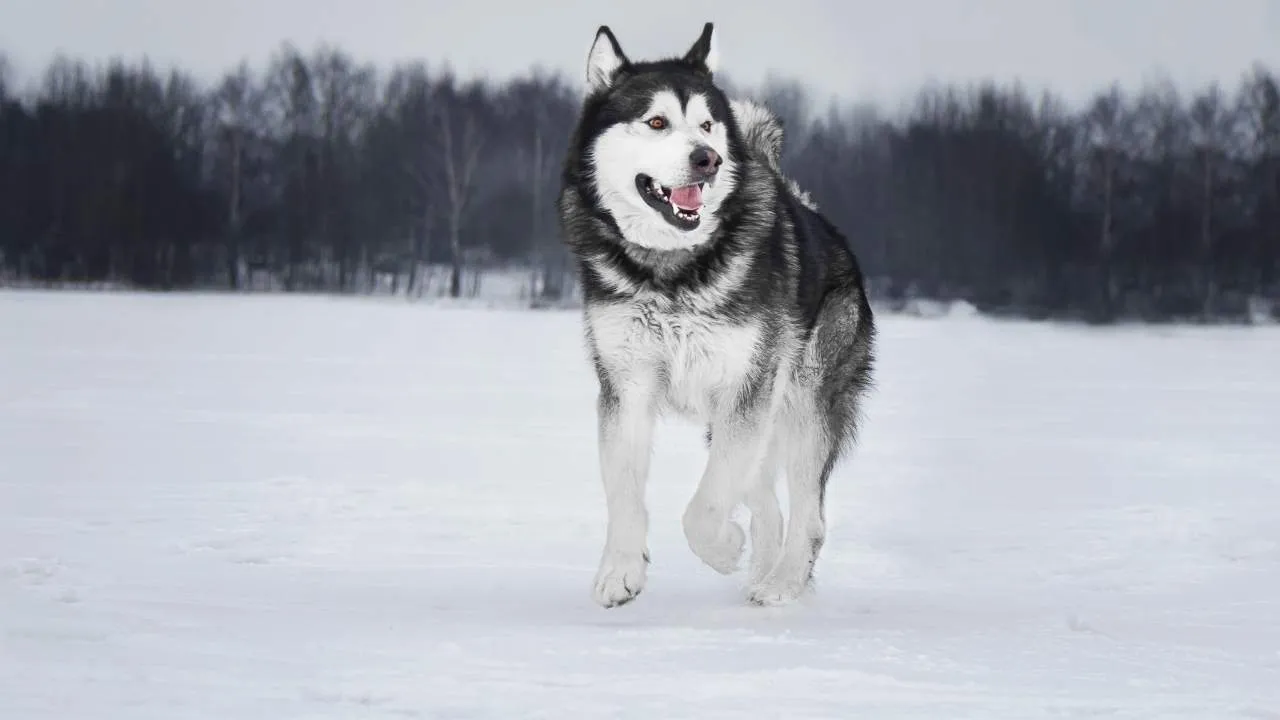
Oh, the majestic snow beast — ranked #5 because Malamutes are basically wolves in influencer clothing. They look like Arctic heroes but act like chaos wrapped in fur. These dogs are strong, loud, and allergic to authority.
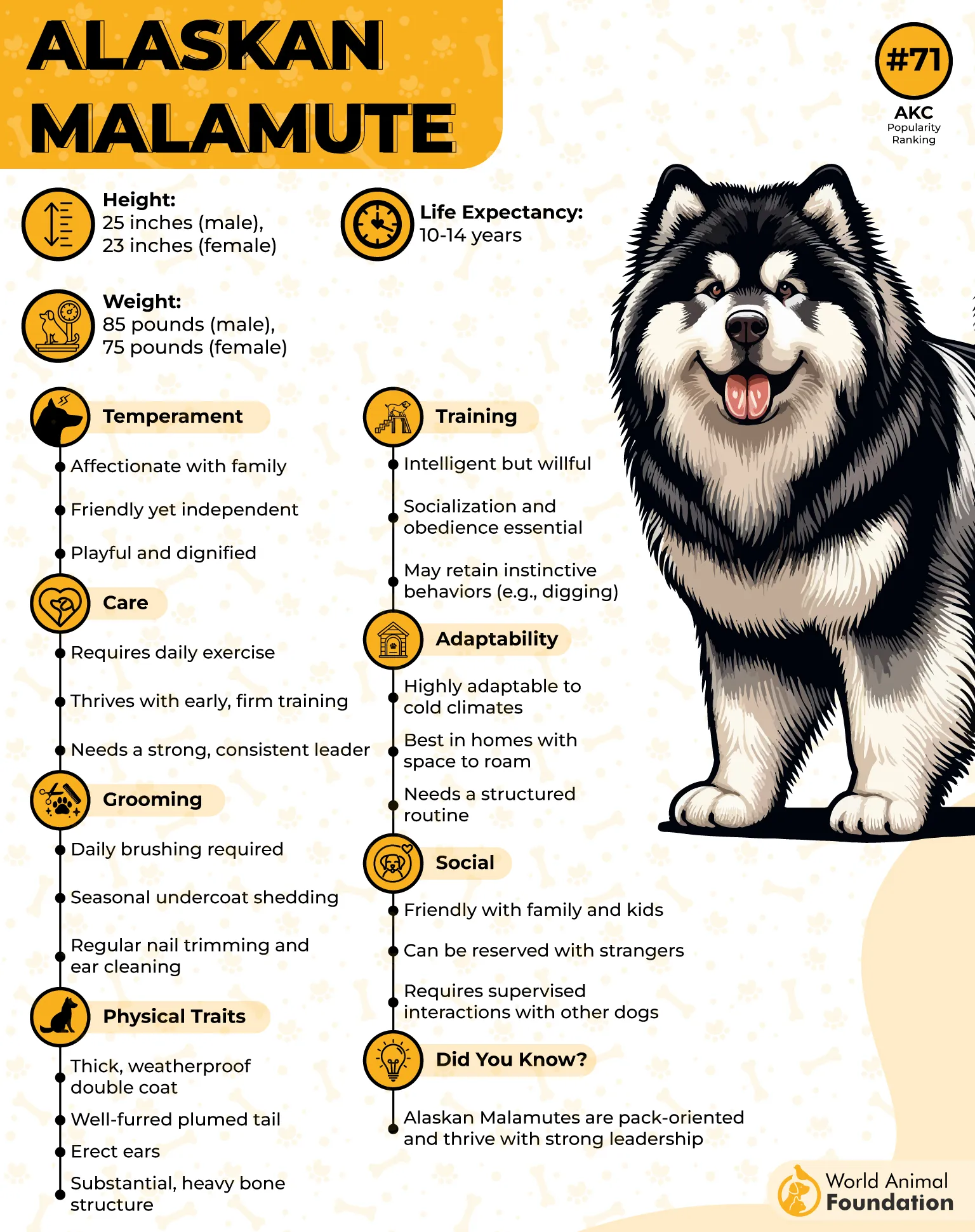
They need open spaces, endless exercise, and cold weather. Lock one in an apartment and watch your walls disappear. Grooming is a blizzard in motion — you’ll find hair in your cereal. They adore attention but not rules.
Most Desirable Feature: Stunning strength and endurance
Aggression Level: Low, but play is rough
Danger Level: Medium (more tornado than threat)
Difficulty Level: Very high energy
While not typically aggressive, their size and force can cause accidents. Use GPS trackers and voice-command training gadgets to manage their wanderlust — or risk them joining a sled team without you.
6. Weimaraner
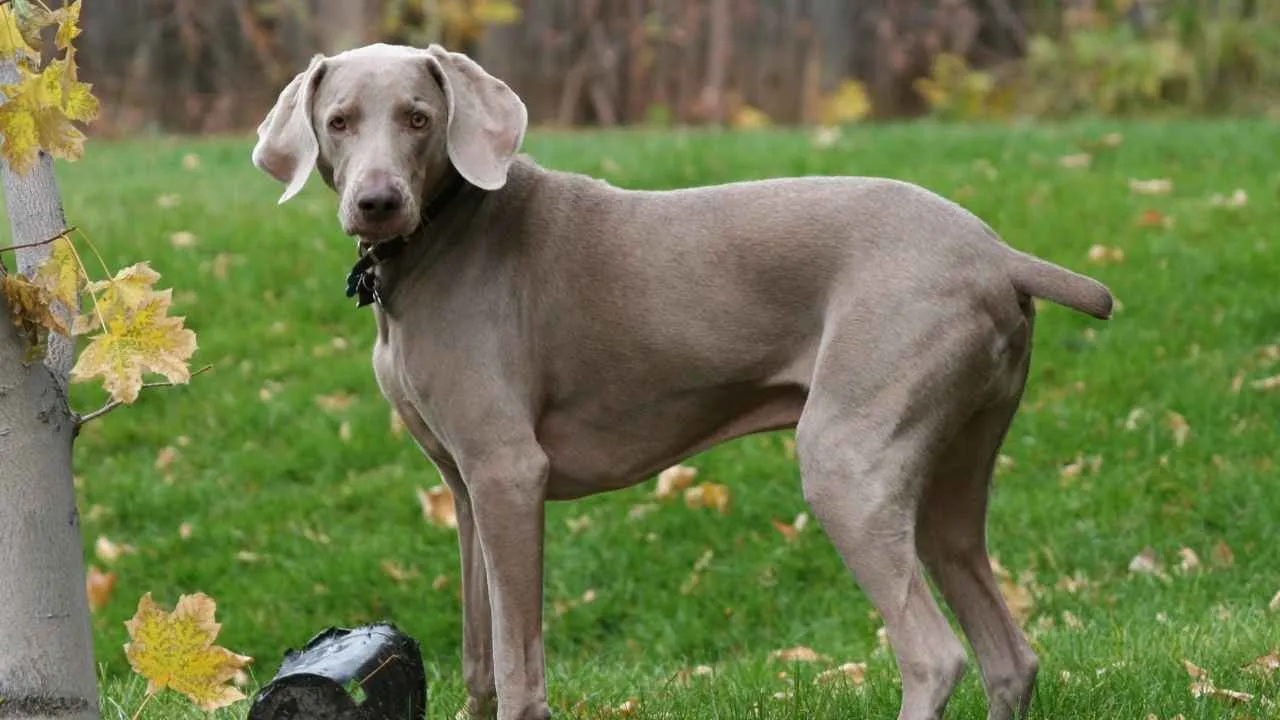
Ranked #6, the Weimaraner is the silver supermodel of dogs — glamorous, needy, and way too smart. Behind those soulful eyes lies a drama king (or queen) with Olympic-level stamina and zero chill.
WebMD notes that these dogs demand constant human attention and marathon-length walks. Leave them alone, and they’ll redecorate your home in “modern chaos chic.” Grooming is simple, but mental stimulation? A 24/7 contract.
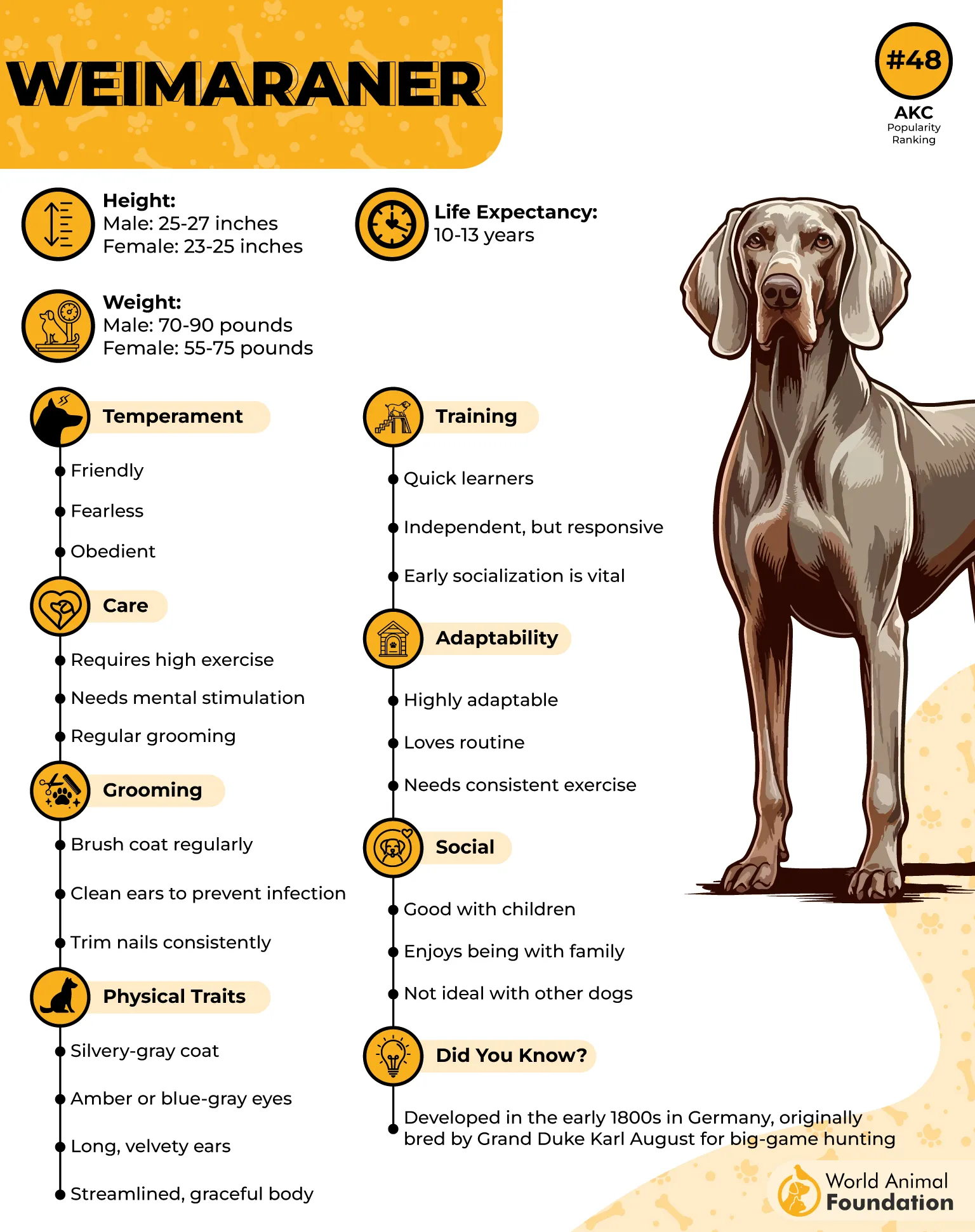
Most Desirable Feature: Sleek, athletic beauty
Aggression Level: Low, but high anxiety
Danger Level: Destructive, not deadly
Difficulty Level: Medium-High
Not a common biter, but famous for separation anxiety meltdowns. Keep them calm with smart toys, home cameras, and soothing music apps—or risk coming home to an abstract furniture installation.
7. Siberian Husky
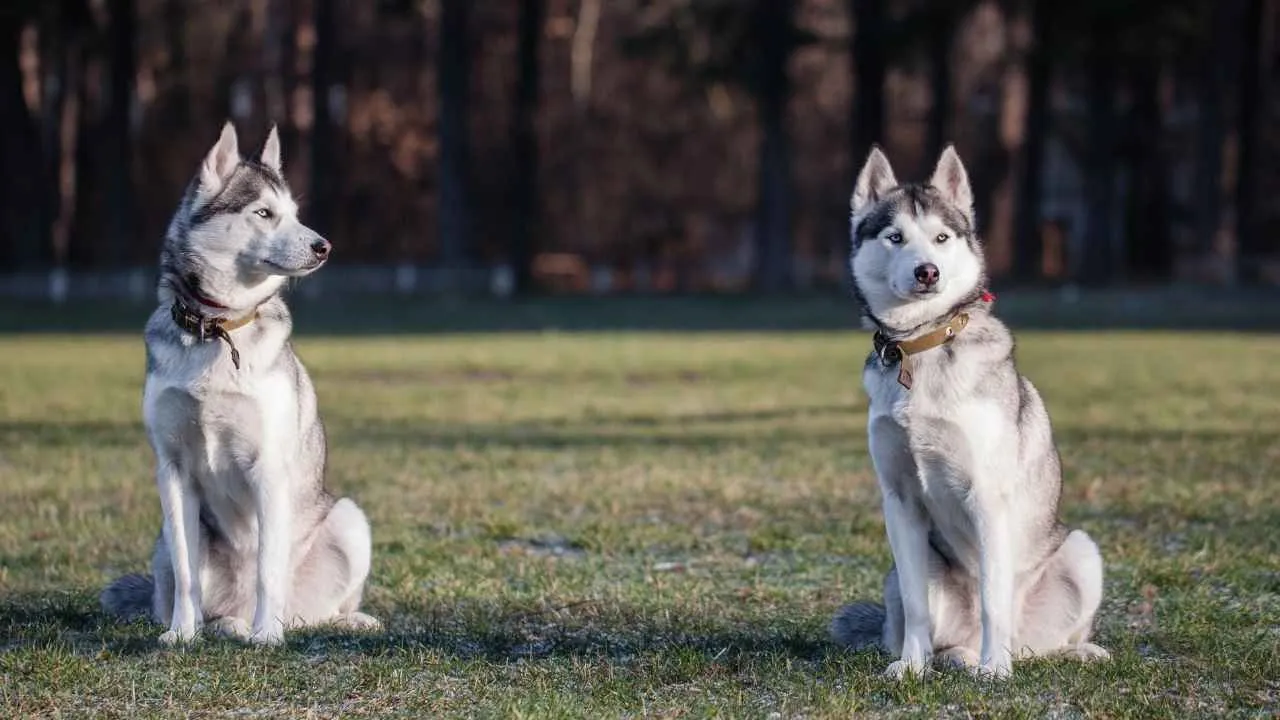
The internet’s favorite drama queen. Ranked #7 because Huskies are the Kardashian-level celebrities of the dog world — stunning, dramatic, and forever misunderstood.
They need cold weather, adventure, and nonstop activity. Grooming is an arctic expedition, and their howls could power a small city. Ignore them, and they’ll stage a jailbreak with full choreography.
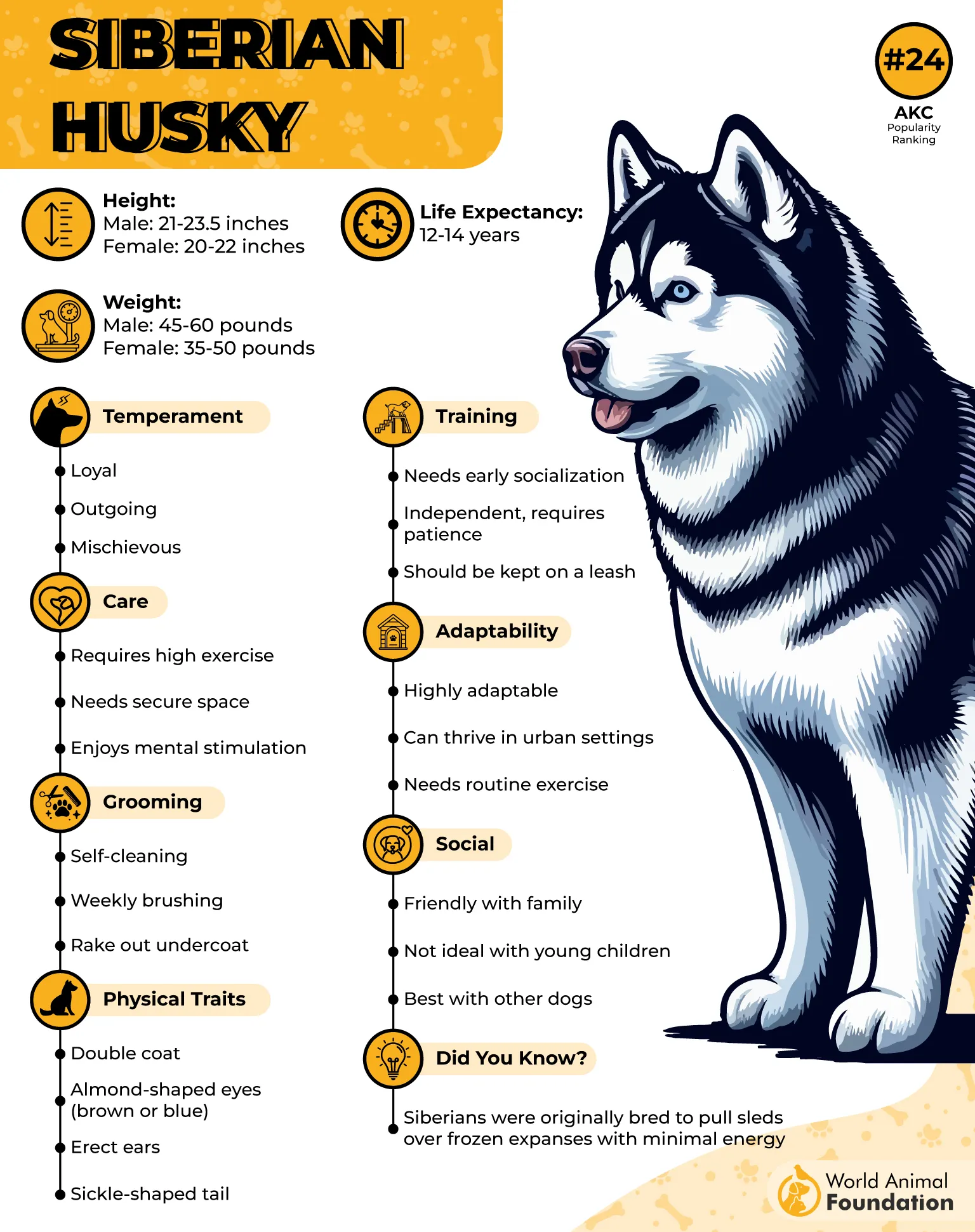
Most Desirable Feature: Hypnotic blue eyes
Aggression Level: Low, but loud
Danger Level: Minimal, unless you value peace
Difficulty Level: High for sanity retention
Not typically dangerous, but their escape artistry is legendary. Smart owners invest in GPS collars, automated feeders, and motion sensors to stay ahead — or at least keep them from starting a neighborhood search party.
FAQs
1. Are popular breeds too strong and energetic?
Yes, many large dogs and active dogs were bred for demanding work, not apartment life. Hunting dogs and sled dogs have a strong prey drive and endless stamina that can overwhelm first-time owners.
These strong dogs need structure, space, and extensive training to stay balanced. Without adequate exercise and firm training, even highly intelligent breeds can develop destructive or aggressive tendencies. For prospective owners, remember — power and beauty don’t always equal easy companionship.
2. Are there desirable breeds that don’t tolerate rough handling by kids?
Absolutely. Even some beautiful dogs can be sensitive or incredibly stubborn when poked, hugged, or startled by little hands. Dogs require gentle handling and boundaries from a young age to become a true family dog.
Certain breeds, though loyal, don’t enjoy chaos or unpredictable other pets and small animals around. Most owners find that calm, respectful interactions prevent serious injury and help house train both dog and child in harmony.
3. Are some large, desirable breeds too protective for kids’ friends and visitors?
Yes — strong protection dogs like a great dane or German shepherd can see perceived threats where there aren’t any. Their natural protective instincts make them amazing guardians, but tricky around unfamiliar faces. Even gentle Golden Retrievers or Labrador retriever mixes can overreact without early socialization.
Since other dogs or guests might confuse them, firm training and supervision are key. For many owners, consistent exposure and calm leadership turn these loyal giants into trustworthy companions — not dangerous dog breeds.
Conclusion
Not all beautiful dogs are easy roommates. Some massive dogs and high-energy dogs were originally bred to work, guard, or pull sleds—not nap on your couch. That’s why they can be extremely difficult for first-time dog owners or homes with small children.
Even popular guard dogs like German Shepherds, Pit bulls, or Doberman Pinschers can develop dangerous behaviors without proper training and early socialization. Dog bite incidents and serious attacks don’t just happen—they’re usually a result of unmet needs or poor handling.
Before falling for certain breeds or mixed breeds, make sure you pick the right dog for your lifestyle. Most dogs can be amazing dogs with patience, adequate exercise, and a sense of humor. 🐶 Choose wisely—companionship lasts longer than trends.


